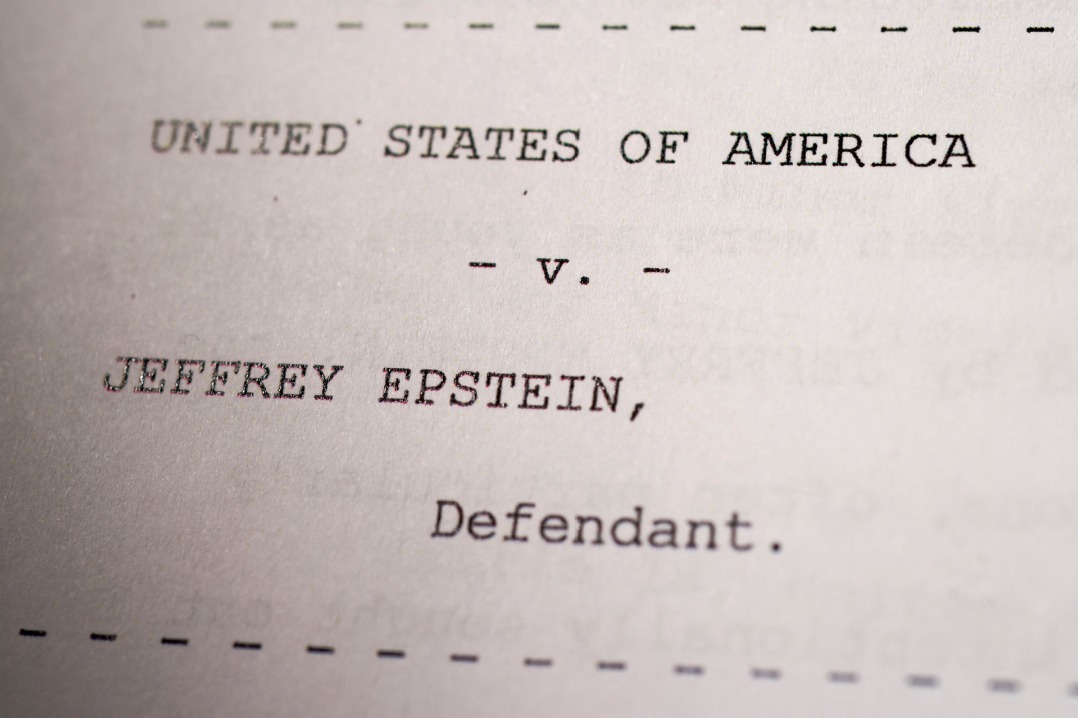EU leaders cold on Brexit extensions as no-deal scenario increasingly likely

Governments and independent analysts appear to agree that a no-deal Brexit, in which the two parties revert to World Trade Organization rules, would be the costliest scenario with repercussions for both Britain and the EU.
According to estimates by the International Monetary Fund, the real output for the remaining 27 EU members would decline by 1.5 percent in the long-run relative to a no-Brexit scenario.
In such a case, the Republic of Ireland would be hit hardest with an output loss of 4 percent, followed by the Netherlands, Denmark and Belgium.
A report by the Dublin-based Economic & Social Research Institute published on March 26 also said Ireland would be the worst-affected in the EU. In the most undesirable scenario of a disorderly no-deal Brexit, the level of real output in the Irish economy would be 5 percent lower, compared to Britain staying in the EU.
While the EU members appear sure to suffer losses, Britain is widely predicted to be biggest loser.
In terms of trade, total EU exports would be reduced by just over 2.1 percent in the case of a no-deal Brexit, but total British exports would fall by just over 9.8 percent, according to economists Martina Lawless and Edgar Morgenroth.
In a late March report, German think tank Bertelsmann Stiftung estimated EU citizens would bear the brunt of 40 billion euros per year in income losses in the case of a no-deal Brexit, but that British citizens would suffer income losses of 57 billion euros per year, or approximately 900 euros per capita per year.
Meanwhile, European businesses and trade associations are preparing for the worst. A report on "Risks and Vulnerabilities in the EU financial system," published Tuesday by the Joint Committee of the European Supervisory Authorities urged EU banking, insurance, pensions and securities sectors to make strong contingency plans for possibilities of strong market volatility following a no-deal Brexit. (1 euro = 1.12 US dollars)

































